The space between the Danube and the former bus station has undergone a fundamental change in recent years. Industrial halls and warehouses have disappeared and a new modern centre, known as Bratislava’s downtown, is being built. Among the latest projects to complement the existing area is the project Metropolis. It revealed its shape in the autumn of last year and to the capital’s skyline it will add two atypical M-shaped towers. With its quality architecture design, it has an ambition to become a timeless project perceived by its inhabitants not only as a mere residential house. We talked about Metropolis and its realisation with Sebastien Dejanovski from the investment company Mint Investments, behind the project.
The Mint Group is known for its activities mainly from Prague. Now you have decided to make a new residential project in Slovakia, on the Bratislava market. In your opinion, is our market attractive enough for investors and developers?
We have been active on the Slovak market for a longer time now, since 2006, specifically in the residential and retail segments. We are known for our projects such as Jégé Alley in Bratislava or the Laugaricio shopping centre in Trenčín. Currently, the residential market is very dynamic and promising. It is interesting both for investors and in terms of demand from the buyers’ side. It is supported by solid banking partners and highly professional construction companies. For these reasons we perceive the Slovak real estate market as highly attractive for our projects.
What do you think are the specifics of Bratislava? When comparing Bratislava and Prague, what differences do you see?
Compared to the Czech capital, Bratislava is different in four aspects. Bratislava has no underground and all traffic is on its surface. Moreover, Bratislava’s city circuit runs directly across its centre. One mustn’t forget the fact that the centre we know today suffered bombing during the Second World War. This also concerns such places as the birthplace of the new downtown. Finally, the Danube is much wider in Bratislava than the Vltava in Prague, with a stronger current and forming a particularly important urban element of the city. Looking at both cities, I see that Bratislava is not afraid of modern architecture, it is bolder and thus very attractive for developers.
The location of the emerging downtown has the ambition to become the new centre of the capital. How will Metropolis complement the existing projects or how will it be unique and exceptional compared to them?
Metropolis is a tall building with modern architecture that will fit nicely into the urbanism of the emerging downtown. It will certainly complement the site, which has so far witnessed mainly office and retail development. But now it needs residential capacity in order to function in the long run as a new city centre for living. Our architecture partner, City Work Architects, very successfully combined the iconic architecture of the project with an effective mix of different apartment layouts that fully met our expectations. We are excited about the work of Mr Sonlajtner’s team, which not just satisfied our commercial assignment, but also managed to design a house that fits a complicated plot of land, and which will be a source of pride for its inhabitants in the future.

When did you buy the project and how long did it take you to bring it to its final form?
I have been involved in the project since 2009, when we bought the land for an American investor. Since for more than eight years we couldn’t reach an agreement with several institutions or companies regarding the realisation, the fund sold the land in 2017. At that point the land was bought by our company and we began preparing the project as we know it today. Our advantage is that the architect of Metropolis is an old friend I trust greatly. When I saw his sketches, meeting all the economic and visual requirements, we set about processing the necessary permits. We are currently in the phase of selecting a contractor construction company and in the spring of this year we will start the construction itself.
You also work on projects abroad, so you can certainly compare cooperation with institutions in processing individual permits and documentation. What did you find the communication with the Slovak authorities to be like?
We have had only good and positive experience with the city and national authorities handling our project. I am sure they acted within the possibilities imposed upon them by the individual processes. Officials were always constructive and, in contrast to other places or our experience from abroad, they did not want to play at architecture themselves and did not seek to alter the solution we proposed. They performed their jobs professionally.
Which architecture firm is working with you in creating Metropolis and why did you choose it?
We picked City Work, run by Juraj Sonlajtner, in a tender ten years ago on the basis of their experience in residential projects as well as on the basis of a design they submitted. It was important for us that Mr Sonlajtner is not solely an architect, but that he also approached our project Metropolis with empathy. We could not start the project earlier, because the site was undergoing a comprehensive change in the strategic zoning plan and the stabilisation plan was approved back in 2018.
The Bottova Street residential project has long been under discussion, you presented the proposal to the public in 2017. Metropolis will have two multifunctional towers, with the higher one having 18 floors and the lower one 16 floors. Who is the target group for the offer, who do you think will show interest in this project?
Our project is targeted at modern, dynamic people and families who wish to live in the centre of Bratislava’s business. We are aiming to attract the attention of those who can appreciate quality from an aesthetic as well as a functional point of view and wish to avoid rush-hour traffic jams. People who want to live a quality life. It is important to remember that good architecture has a demonstrably positive effect on the level of stress in people’s lives.
How many people are currently working on the Metropolis project?
In our firm, six people are working on the project. In addition to these, we must mention a team of excellent architects as well as designers from Helika and technical supervision, performed by Arcadis. The marketing of our project is covered by a team from the advertising agency ANFAS in cooperation with HERRYS, which is also covering the project sales; this real-estate agency has seven people focusing on our project.
You launched a pre-sale during the second wave of the pandemic. Do you think that this project will withstand the current crisis? Do you see the pandemic as a threat or an opportunity?
The pandemic has enabled people to think about important aspects of their lives as well as how much it is worth investing in them. So it comes as no surprise to us that the prices of good residential real estate have continued rising, even through the pandemic. A further reason is that worldwide we will continue to witness the trend of working from home. Families have been forced to learn to live together in the same household, while coping with an online school for children and parents’ work duties. The same goes for young couples who have to work side by side in one apartment. In these new times, everyone wants to have such living conditions which provide them with a life in mental health and especially quality, and are willing to invest appropriately in their housing. That’s why we decided to launch the sale right now during the pandemic, even though, at first glance, it may seem illogical.
Apartment prices in Bratislava, especially in this location have been growing. Where do you see the price level of projects in this location, especially Metropolis, being in three years’ time?
We believe that over the course of the next three to five years the inflationary pressure will grow faster than basic inflation in Slovakia in the new Bratislava downtown. The trend will correspond also to the natural rise in real-estate prices. Of course, we must also take into account the development of the pandemic. But since this location is territorially limited, we expect that prices will grow faster here than in other locations in Bratislava.

What will appeal to me, as a buyer, in the project and why do you think I should invest in buying an apartment in Metropolis?
If you buy housing in Metropolis, your return on investment is certain in the medium to long-term horizon. The building will be an iconic residential house in Bratislava, thanks to its architecture and quality. Due to the location, its inhabitants will enjoy both a modern lifestyle and a technical standard that will increase comfort to a world-class level. The apartments will include such features as ceiling heating, ceiling cooling, recuperation in the highest quality design, a high standard of materials used, automatic and safe delivery boxes at the reception or chargers for electric cars in garages.
You are probably the one who knows the Metropolis project best. Would you recommend a purchase there to your friend? Which apartment would you choose?
If I lived in Bratislava, I would certainly do. I would definitely buy an apartment in Metropolis, I would not hesitate. One of our partners has already bought one at the full selling price, without a discount.
As a developer, you operate mainly in the neighbouring Czech Republic. What projects have you covered over there and can any of them be considered similar or complementary to your new Bratislava project Metropolis?
For the last 15 years, our company Mint has been a co-investor and developer of approximately two thousand apartments in Prague and Bratislava. We are currently actively developing projects that will bring a further thousand apartments to the market. If I had to choose a project to which I could compare Metropolis, it is definitely the Sacre Coeur project in Prague. It is located next to the Lesser Town and at the time was very successful in terms of sales as well as quality for its inhabitants.
Are you getting ready for other attractive projects in the Czech Republic or Slovakia that have the potential to become dominant in terms of their architecture?
The residential projects we have in Prague are not as ambitious in their architecture as Metropolis. In both countries we continue to seek land plots suitable for other interesting development projects. We are not a large financial group, and in new projects we have to keep an eye on the math. We are negotiating on several projects we would like to invest in.
How do you see the future of housing?
Housing is becoming an important part of people’s lives, because in the future we will spend less time in offices or at work and more at home. For this reason we all have higher demands on housing, since now we must be able to work, home school and live at home. As purchasing power increases, we all want to live better, have the best technologies and our home should be as sustainable or ecological as possible. At the same time, our housing should also be aesthetic, so that it can always inspire us. Architecture has a major impact on people’s quality of life, something of which we are fully aware in our projects, including Metropolis.
How will the real estate market in Bratislava develop in comparison with, for example, Prague?
In Bratislava, it will be important how many new apartments developers will be able to offer. Another major issue throughout Europe, but especially in Central Europe, is the increasing age of construction workers. As workers get older, the capacity of construction companies is reduced. They are simply lagging behind in replacing older employees with new ones. In the coming years, the market will also be affected by legislation, on the basis of which developers will co-finance various constructions in the vicinity of their projects, such as roads, pavements, or other infrastructure for residents. It is a logical step for developers to participate in the development of the site. If I, as a developer, am building a project that has an impact on the lives of people in a given city, I must also contribute to improving the overall environment for its inhabitants.
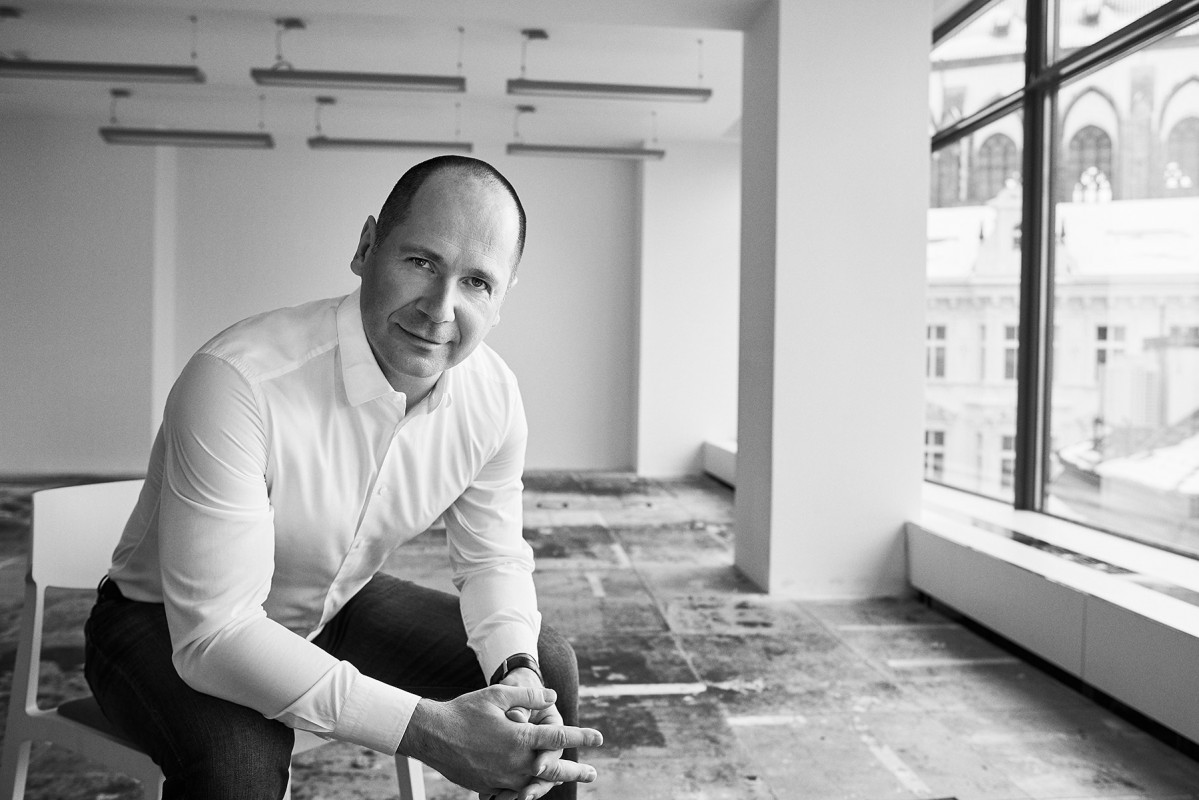
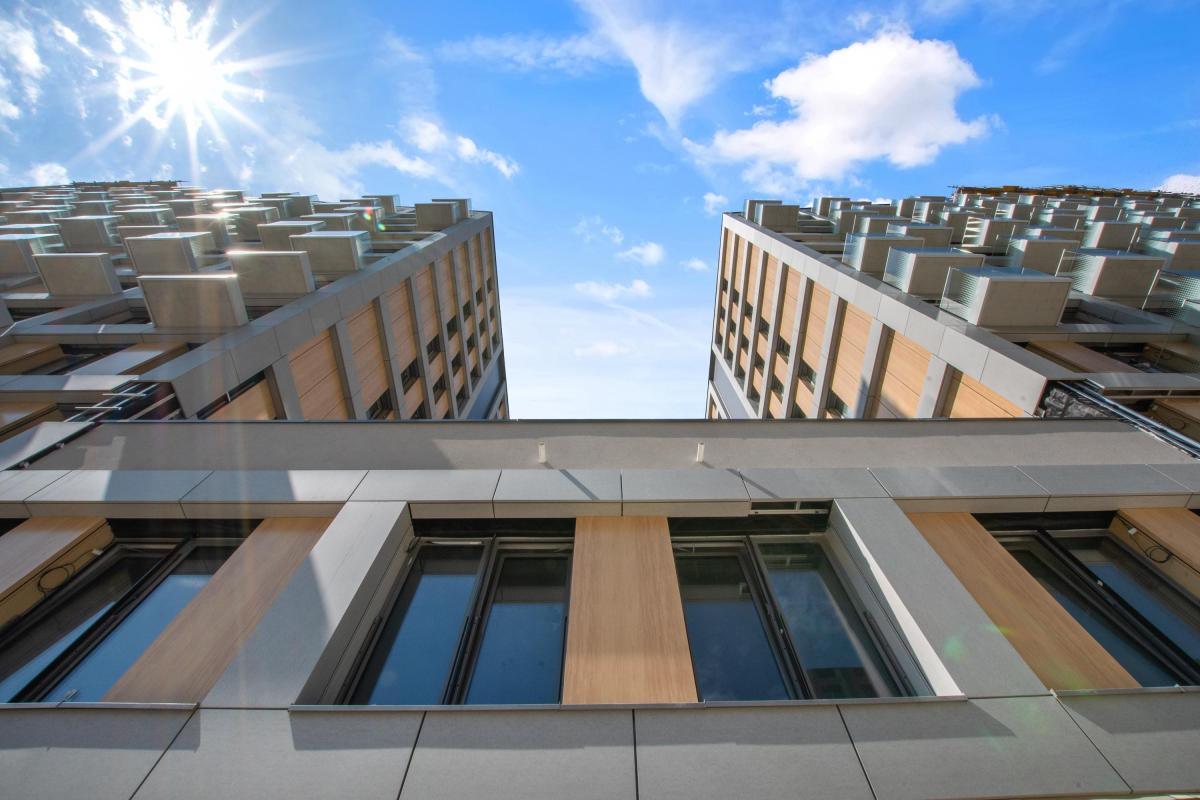 Metropolis Ventilated Façade: The Perfect Harmony of Style and Functionality
Metropolis Ventilated Façade: The Perfect Harmony of Style and Functionality
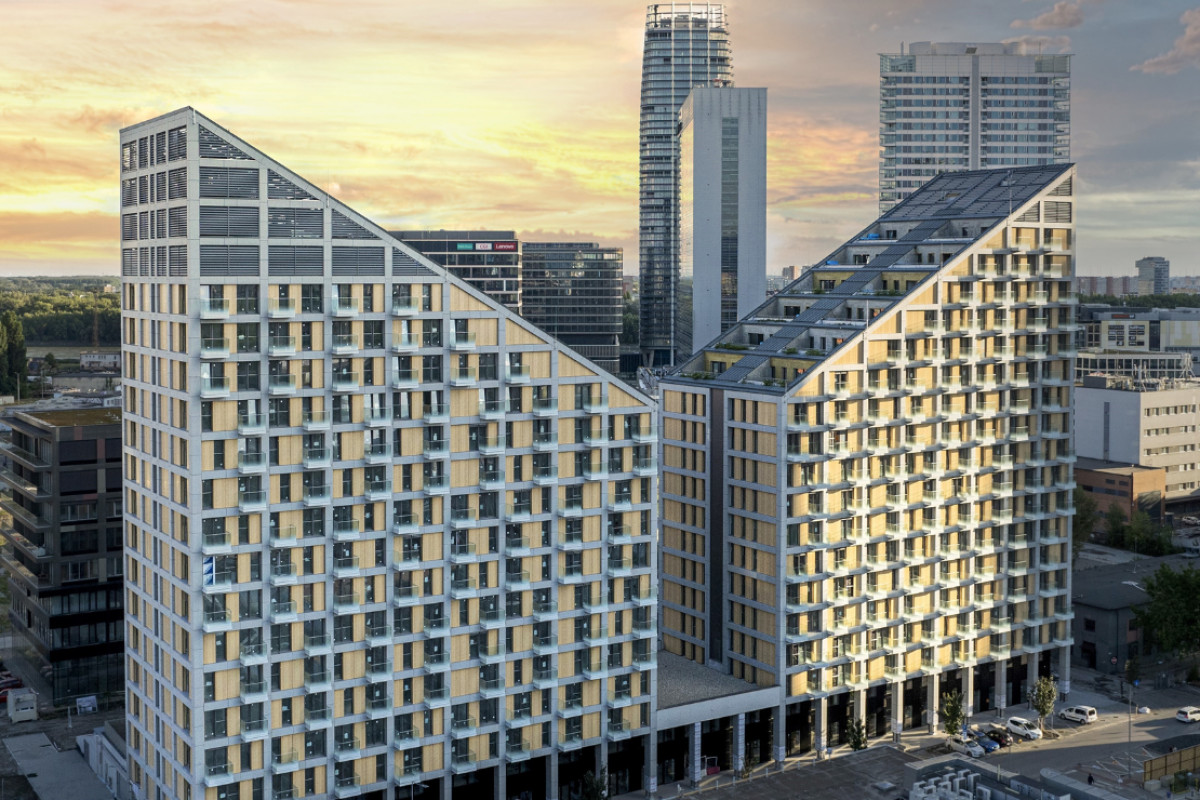 Metropolis Breaks Records: The Largest M-Shaped Building in Slovakia!
Metropolis Breaks Records: The Largest M-Shaped Building in Slovakia!
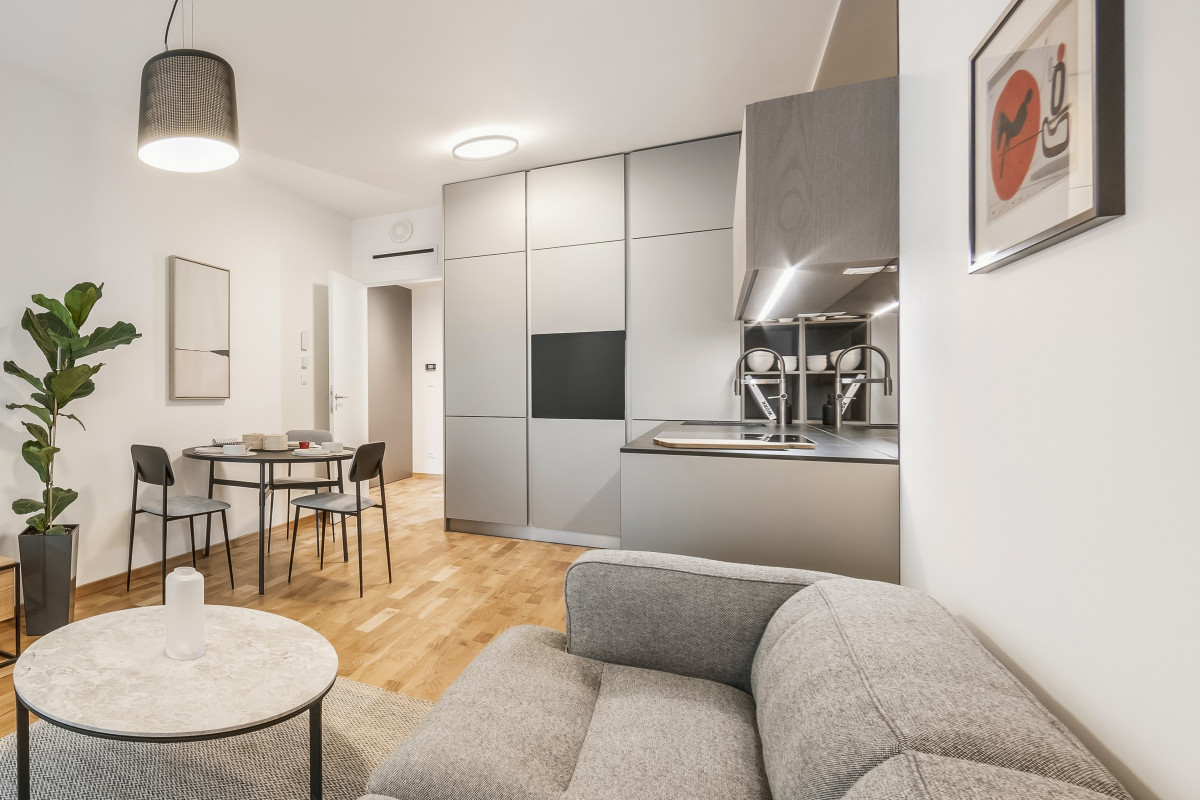 The Home of the Future: Metropolis Redefines Living in the Heart of the Capital
The Home of the Future: Metropolis Redefines Living in the Heart of the Capital
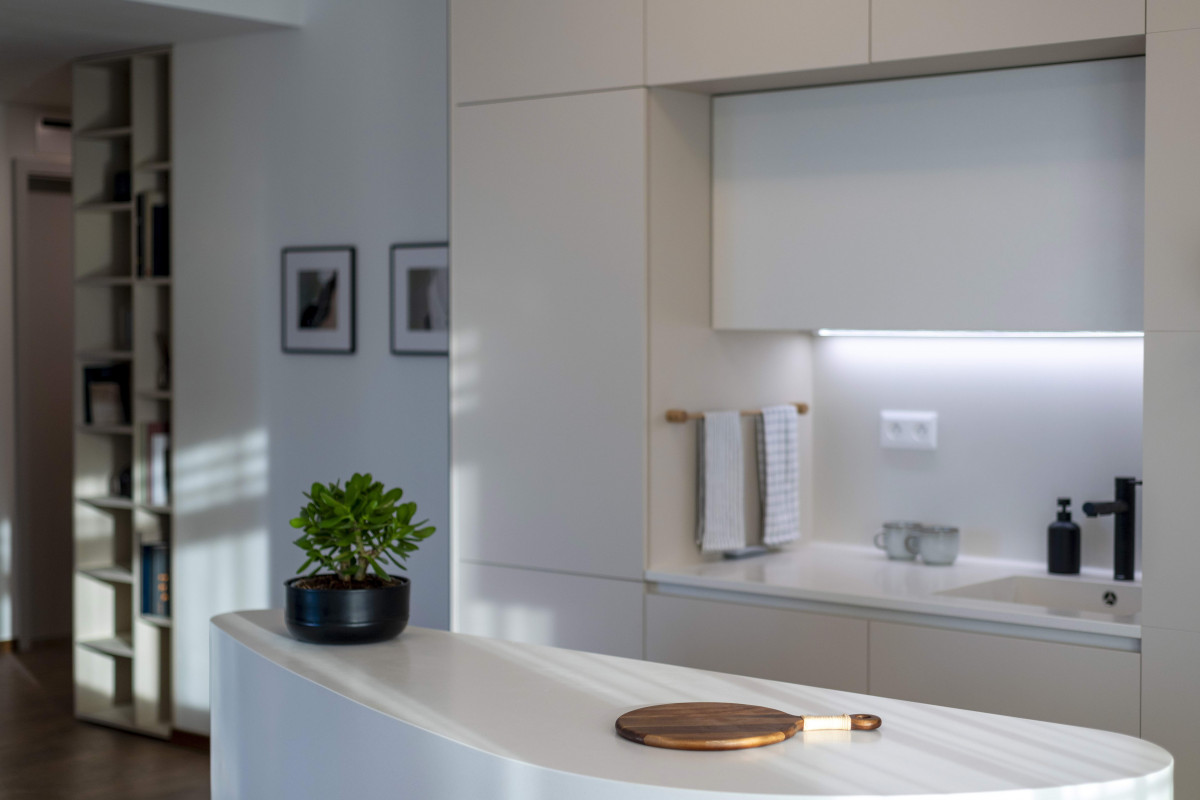 Luxury Living in the Heart of the Downtown: Metropolis is Near Completion and Shows Its First Apartments
Luxury Living in the Heart of the Downtown: Metropolis is Near Completion and Shows Its First Apartments
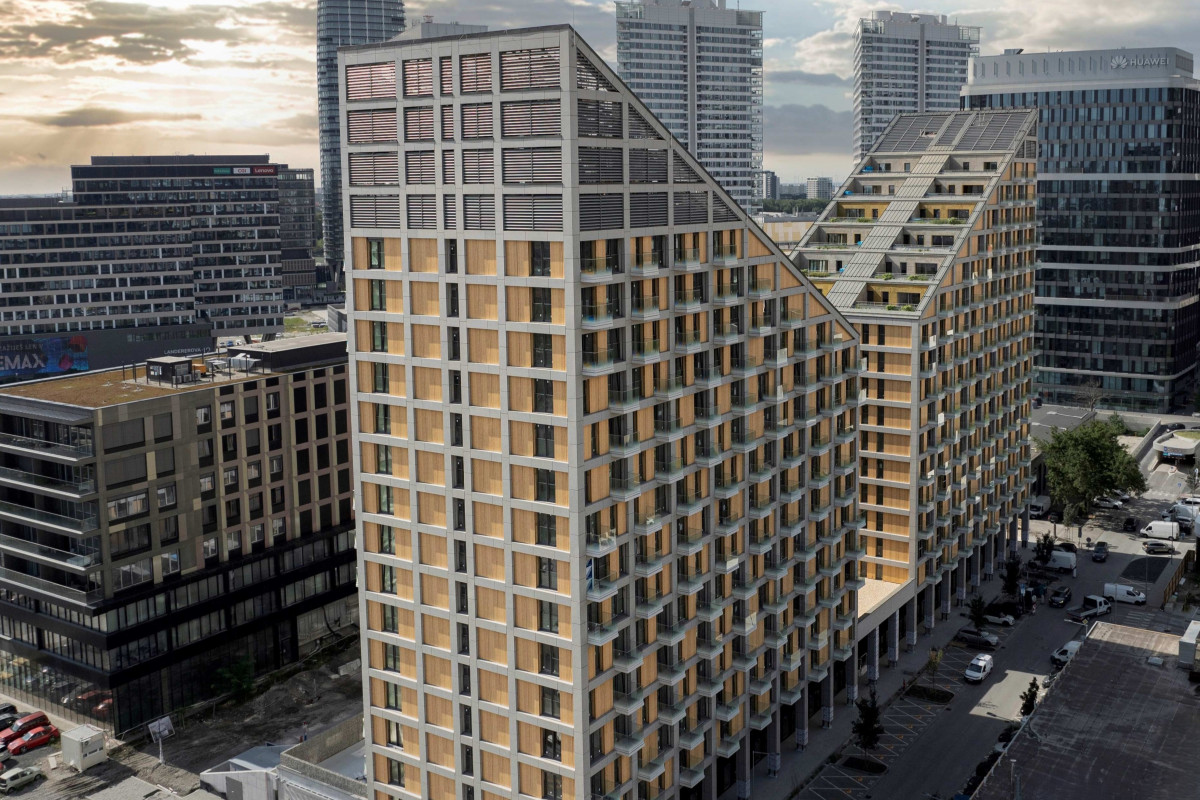 This is a lucrative Location for Your Successful Business
This is a lucrative Location for Your Successful Business
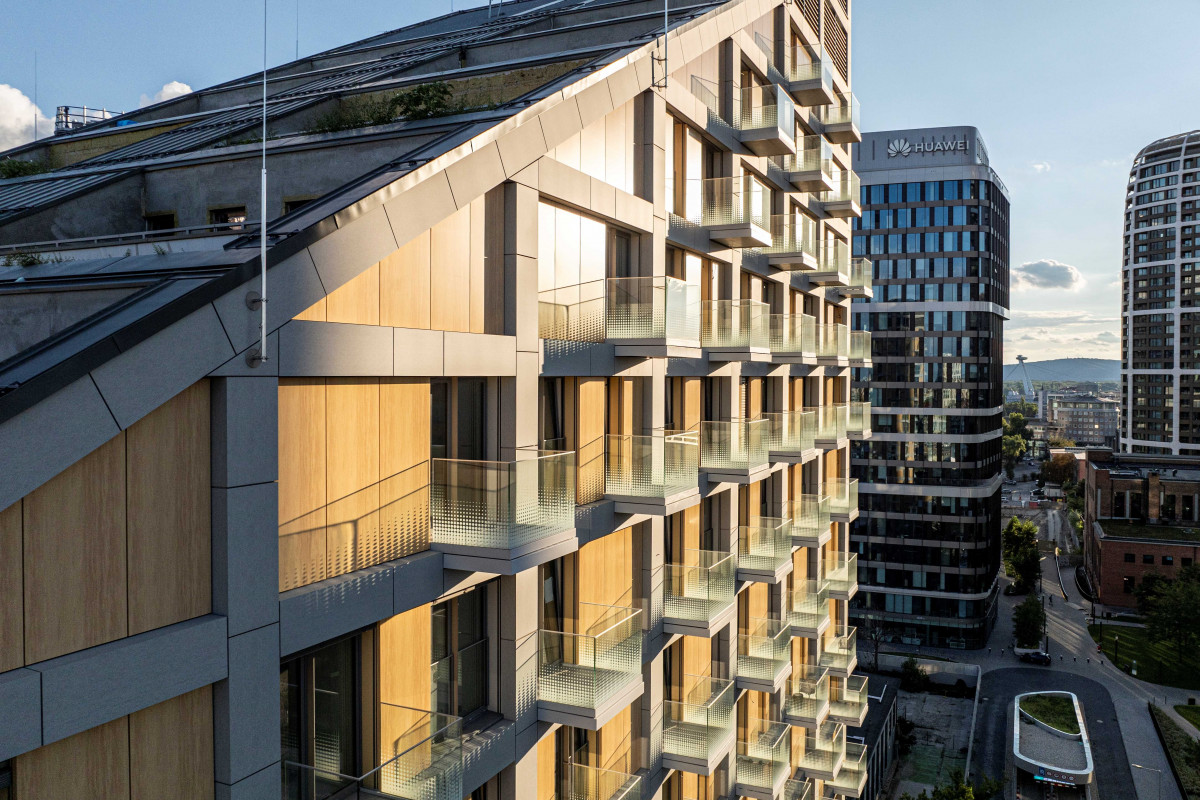 Metropolis has met the highest standards of modern urban living
Metropolis has met the highest standards of modern urban living
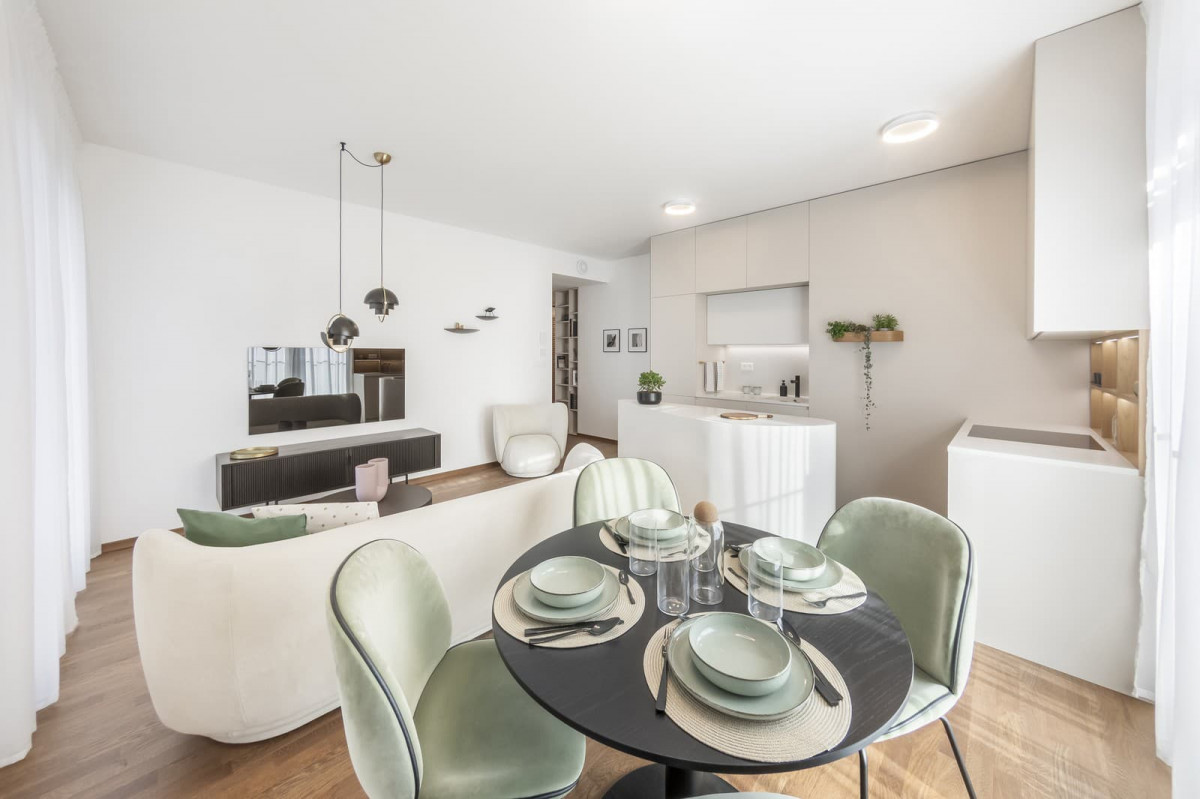 New Trend in Bratislava and Surrounding Areas: People Are Selling Houses and Moving to the New City Center
New Trend in Bratislava and Surrounding Areas: People Are Selling Houses and Moving to the New City Center
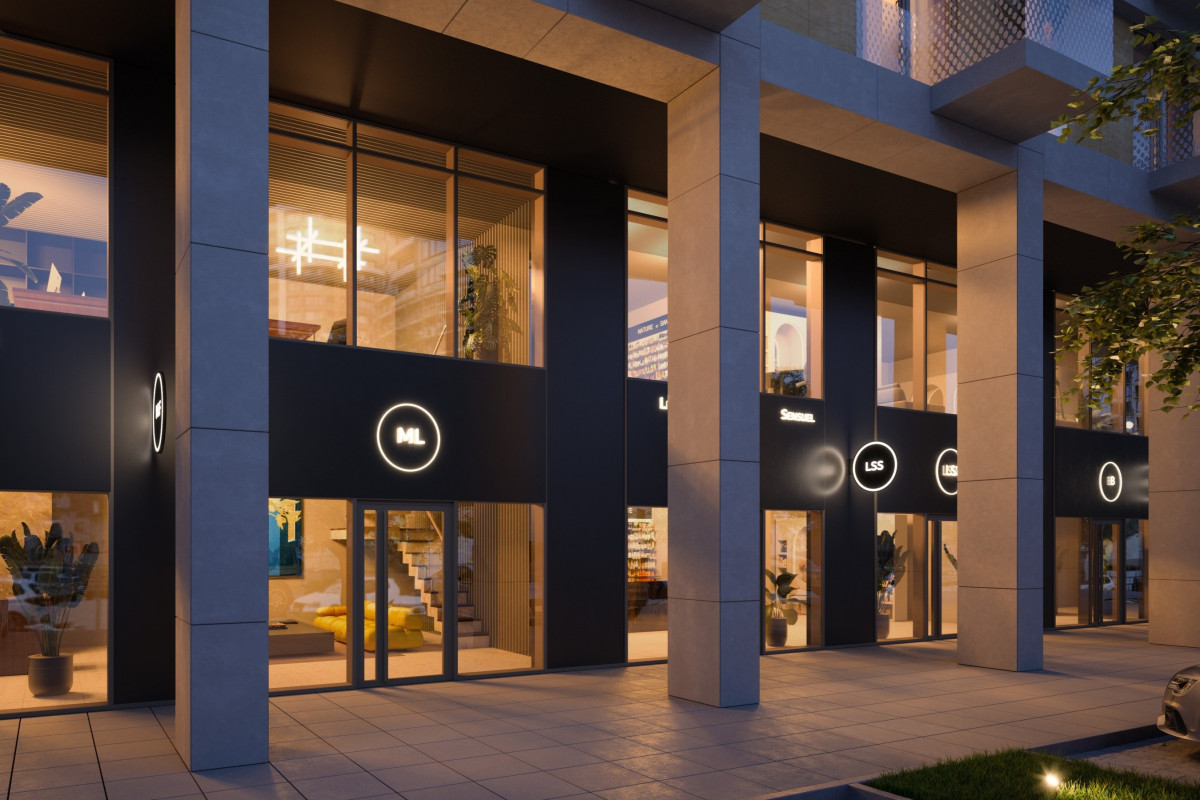 Commercial Spaces in Bratislava? Build Your Successful Business at This Address
Commercial Spaces in Bratislava? Build Your Successful Business at This Address